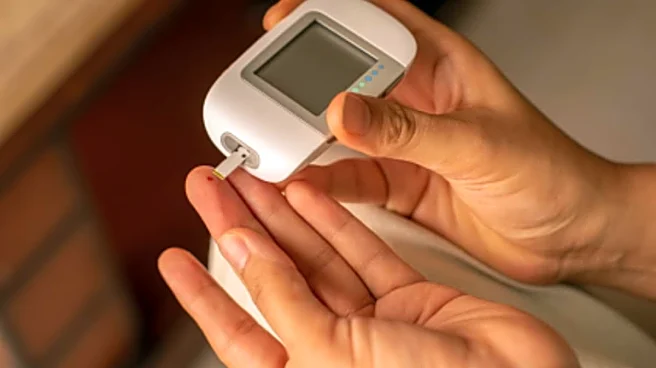India is passing through an immense challenge with diabetes. The International Diabetes Federation reports that the number of adults living with type 2 diabetes in 2024 is expected to be 89 million. Diabetes isn’t something that happens suddenly, it is a silent invader. Before the confirmation of illness, the body in many cases presents subtle symptoms that go unnoticed. Identifying them can be an effective method for the control of sugar levels before the health problems develop further.
Physical signals are the body’s way of asking for help, but they are usually neglected or considered tiredness or stress. The early phase of recognition permits appropriate treatment in time, which can possibly avoid the occurrence of major health problems.
Sudden Weight Changes
Increased or decreased body weight without an apparent reason can be the first symptom of emerging blood sugar levels. Excessive insulin levels result in fat accumulation, mainly in the abdominal area. Others may lose muscle mass as their body is incompetent in glucose utilization. In the two instances, an alteration in body composition unexpectedly becomes a hint of the first metabolic disorder.
Skin Changes
The darkening of the skin, becoming thick and velvety in the areas of the neck, armpits, and groin, that is known as acanthosis nigricans, is not only a cosmetic issue but also a sign of the high levels of insulin in the blood, which indicates the burden of the body to control blood sugar effectively. Looking at these skin alterations sooner rather than later can facilitate quick medical check-ups.
Puffy Feet and Swollen Ankles
The continuous puckering of the area around the feet or ankles may not be visible at first, but the problem is usually worse in the evening or after a long time of sitting. The fluctuation of blood sugar hurts circulation and kidney function, which is the cause of fluid accumulation in the body. High sugar over a long period of time can even damage blood vessels, thus slowing down the flow of blood and consequently causing swelling.
Neck Fat and Upper Back Hump
The thick neck or immediate neck fat deposit might be a sign of insulin resistance. Likewise, the little bump on the upper back, sometimes referred to as the “buffalo hump,” can be due to a hormonal disorder and too much cortisol. Both are the first signs of the metabolic system that give warnings, and you mustn’t get off with them.
Tingling or Numbness
The symptoms that characterize nerve stress at the onset are tingling, pins-and-needles sensation, and occasional numbness of the hands or feet. By not paying attention to these symptoms it can only lead to the development of diabetic neuropathy. Timely change of lifestyle and medical intervention are capable of turning these early changes back.
Increased Thirst and Urination
Blood sugar at high levels always tries to get rid of excess glucose through the kidneys, which is why a person urinates frequently. It leads to continuous thirst, which people mostly associate with dehydration or a hot summer. Identifying the connection between frequent urination and thirst is a very effective method in the early diagnosis of diabetes.
Lifestyle choices play a key role in the prevention of the disease. Being physically active, eating a balanced diet, keeping a healthy weight, managing stress, and sleeping well are all things that can be helpful to your blood sugar regulation. Minor but consistent habits today can have a huge effect on the risk of developing diabetes later on.















